Tractor torment of the US Army
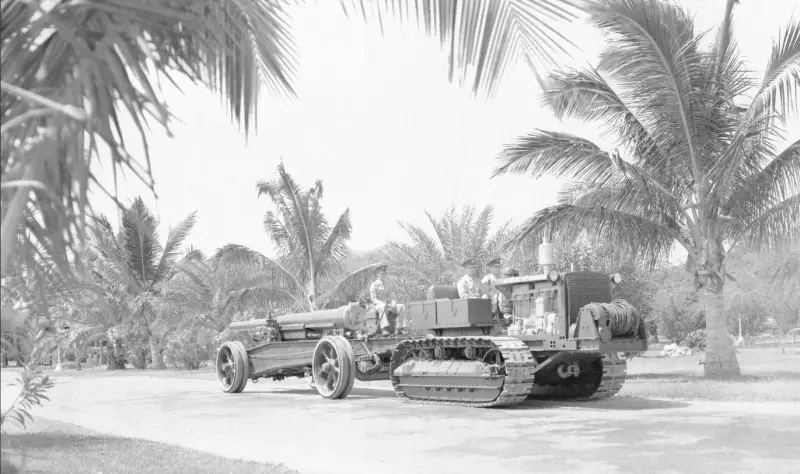
The American military's complaints about tractors as artillery tractors were the same as those of the military in other countries - first - low speed, second - the tractor, except for the tractor driver, a couple of riders and a minimum of "baggage", did not carry anything else. The crew, ammunition, etc. were either somehow attached to the tractor along with the gun, or they were traveling separately. Although the Americans' tractors were still relatively nimble.
The same Allis-Chalmers Tractor, Crawler, Diesel, Model HD-10W, one of the tractors standardized as the “Heavy M1 Tractor” (Tractor, Heavy, M1), based on their technical data presented in the official technical manual of the US Army (TM 9 -787A), reached a speed of almost 18 kilometers per hour (11 miles per hour), which is several times higher than the maximum speed of the same “Stalinets-65”. But the American military was still not satisfied with such indicators.
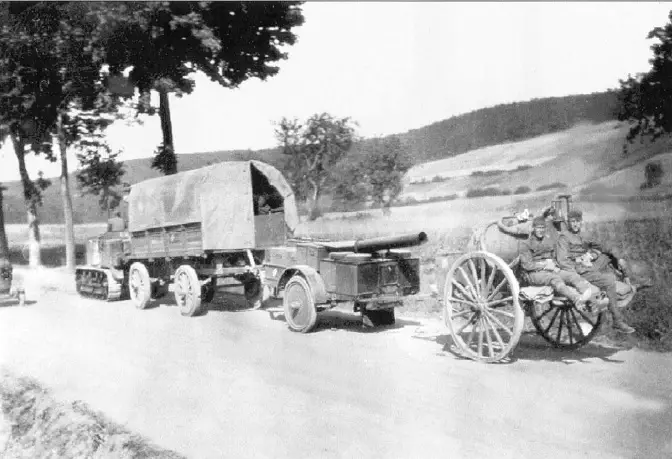
A five-ton (this is the tractor's own weight) Holt tractor pulls a small road train from a barrel of water, a field kitchen and a trailer of the 3rd Field Artillery Brigade of the US Army, Germany, 1918.
The American military saw two ways out of the situation - heavy, three-axle trucks with all-wheel drive and high-speed tracked tractors. There was also an option with half-track trucks, and they were even in limited military use, but these were tractors for fairly light artillery systems. Americans thought about all this back in the late 1930s. The army had trucks, but they were no longer satisfactory to the military; something new was needed, and they were not suitable for all artillery systems; some had to be carried exclusively by tractors.
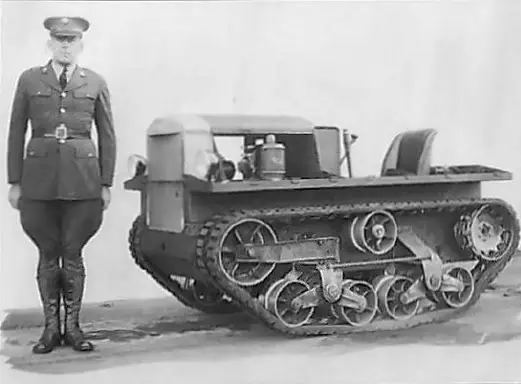
One of the early experiments of the US Army to replace classic tractors as artillery tractors is the T5 light tractor. There was already speed, but everything else was not very good.
In 1940, a Diamond truck and a high-speed crawler tractor from the Cleveland Tractor Company entered testing. The army accepts both the truck and the tractor and begins purchasing them. True, the tractor, standardized in February 1941 as the M2, has one of the disadvantages of an ordinary tractor - except for the tractor driver and two passengers, it does not carry anyone or anything, which, in general, predetermined its future fate; it became an airfield tractor. Model T 967 trucks (and other models of the same series) until the very end of the war would be used as tractors for artillery, only 155-mm howitzers of various models became the ceiling for them, and the army had heavier artillery systems.
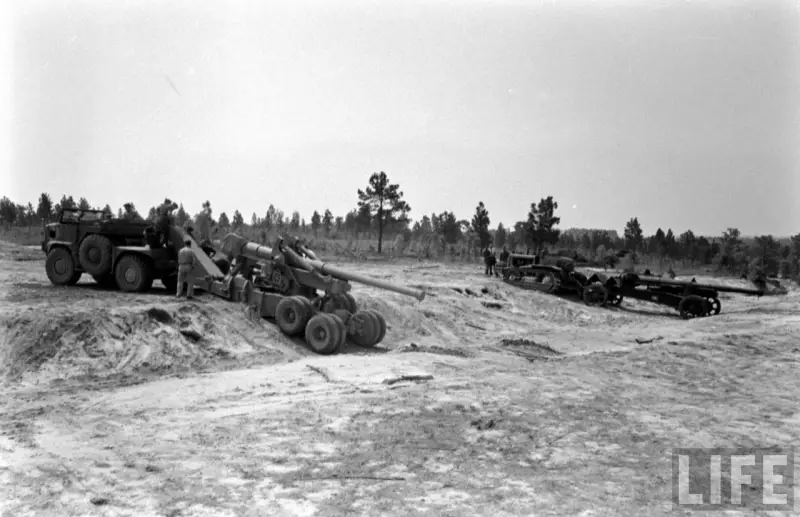
Old and new. Comparative tests of an experimental Walter ADUM tractor with a 155-mm M1 gun on a trailer and a tractor also with a 155-mm, but M1917, Fort Bragg, 1941.
The Walter company, which specialized in all-wheel drive mining dump trucks and heavy special equipment on truck chassis, decided to grab a piece of military orders with its 1940 tractor. Didn't take off. Based on the sum of its characteristics, the tractor won.
As a result, the US Army entered World War II with tractors as the uncontested tractors for a number of artillery systems. At the beginning of the war, the “Heavy Tractor M1” (Tractor, Heavy, M1), the “Medium Tractor M1” (Tractor, Medium, M1) and the “Light Tractor M1/M2” (Tractor, Light, M1/M2) were standardized. At the same time, do not be confused by the single army designation for the same heavy tractors, under one index M1 were hidden:
– Allis-Chalmers Tractor, Crawler, Diesel, Model HD-10W;
– International Heavy Tractor, Crawler, Diesel, Model TD-18;
– Caterpillar Tractor, Crawler, Diesel, Model D7;
– Caterpillar Tractor, Crawler, Diesel, Model D8.
A similar situation was with medium and light tractors. Moreover, light and medium-sized tractors could even have gasoline engines (Caterpillar Tractor, Crawler, Gasoline, Model R4, for example).
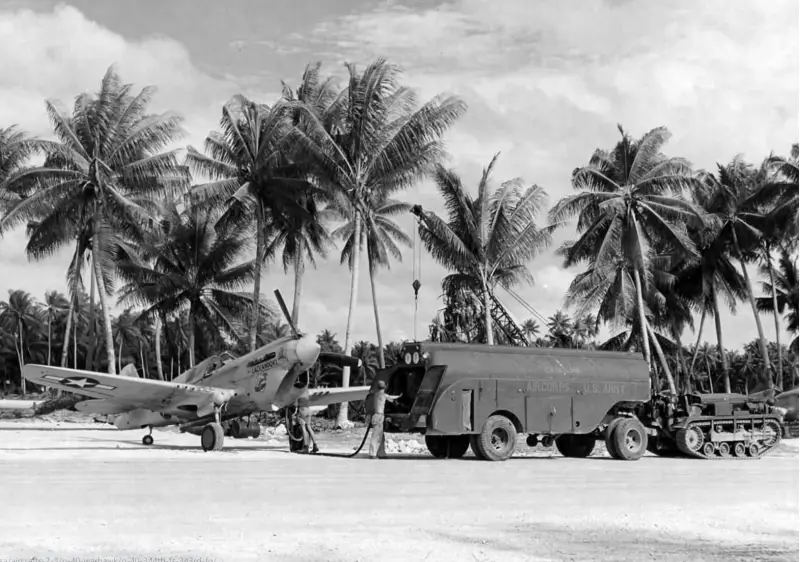
M2, which never became a replacement for tractors, in its natural habitat - at the airfield.
Only in 1943 the army finally received a heavy all-wheel drive truck that met its needs - Mack NO. In the same year, the first high-speed tracked tractors entered the army. There were problems only with the heavy M6 High-Speed Tractor, which went into production only in February 1944. The main purpose of this tractor was to transport 203- and 240-mm artillery systems. But in this case the army did not put up with tractor speeds, and a series of “substitute” tractors was developed. We made them by simply taking an ARV or a fighter tanks and removing everything unnecessary from it... The German approach.

Both photos were taken in Sicily in 1943 and both show the M155 1mm gun. Only in one case does a tractor act as a tractor; in the other, its replacement in this role is a Mack NO truck. It is clearly visible that behind the tractor is a truck carrying a crew of guns and ammunition. 1943 was a turning point in terms of the use of tractors as artillery tractors. The Sicilian operation was the last operation in the Mediterranean theater of operations where tractors were used by the Americans as artillery tractors.
In general, in 1943 the tractor-traction suffering of the army could be considered closed. But there were several theaters of war where high-speed tractors were not sent in the first place, and trucks often could not cope even with the transportation of relatively light artillery systems, simply due to the specifics of the road conditions.
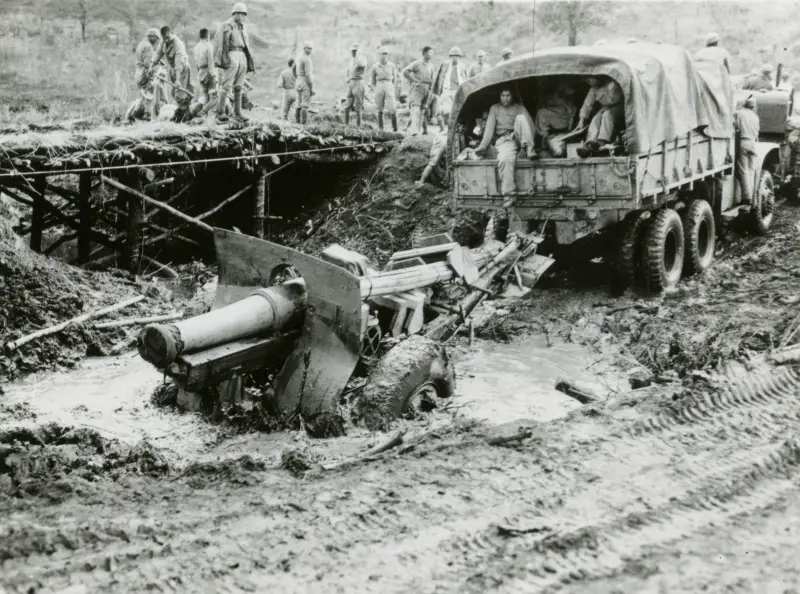
Road conditions in Burma in 1945 - the steeper the jeep, the further you have to go behind the tractor. A Caterpillar tractor helps a Diamond T truck towing a 155mm M1917 howitzer cross a local stream. The howitzer and crew are from the Kuomintang, the tractor is from American engineers.
We are talking about Burma and the Pacific theater of war. Where roads were often absent as a class, and a tank could drown on local trails during the rainy season, the tractor often turned out to be the only means of transportation. Tractors were used as tractors even for light artillery systems with a caliber of 105 millimeters in the Pacific Ocean until the very end of the war.
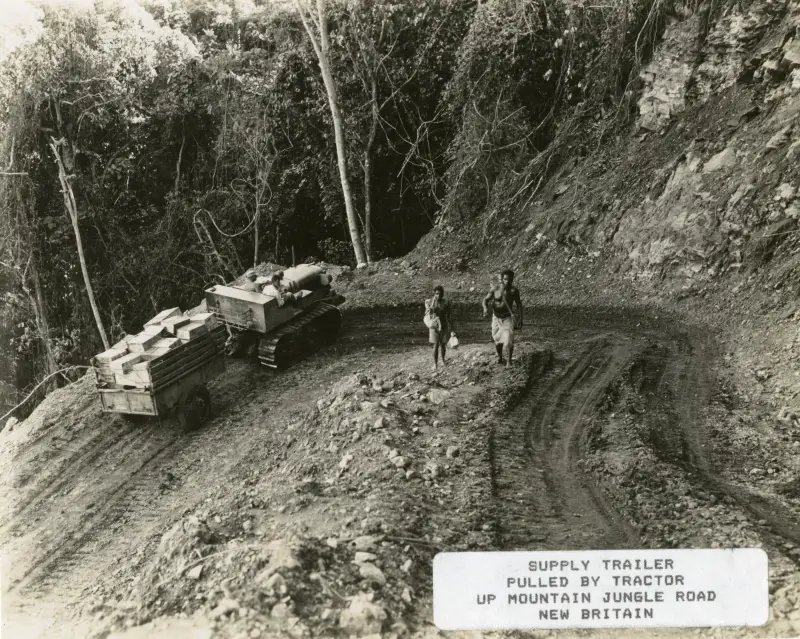
In the Pacific theater, tractors also worked simply as trucks, like the average M1 on New Britain in 1944.
In 1943, the US Army stopped accepting most of the tractors produced. The exception was heavy diesel tractors from Caterpillar; they formed the basis of the equipment fleet of airfield construction battalions of the US Air Force and US Army engineering battalions.
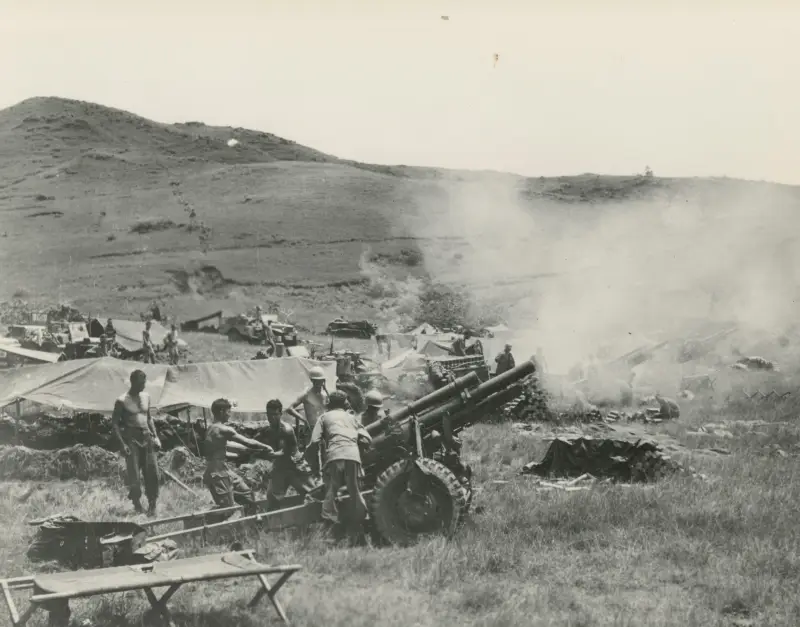
Gunners of the 251st Field Artillery Battalion, US Army, fire 105mm howitzers at Japanese positions, Philippines, June 1945. In the background you can see the battalion's equipment - jeeps, Dodge 3/4 and a medium M1 tractor. The Americans are clearly not afraid of return fire.
But in general this is all just part of the tractor stories US Armed Forces in World War II. After all, they had their own tractors fleet and the Marine Corps. American tractors were also actively sent to the USSR. But this, as usual, is a completely different story.
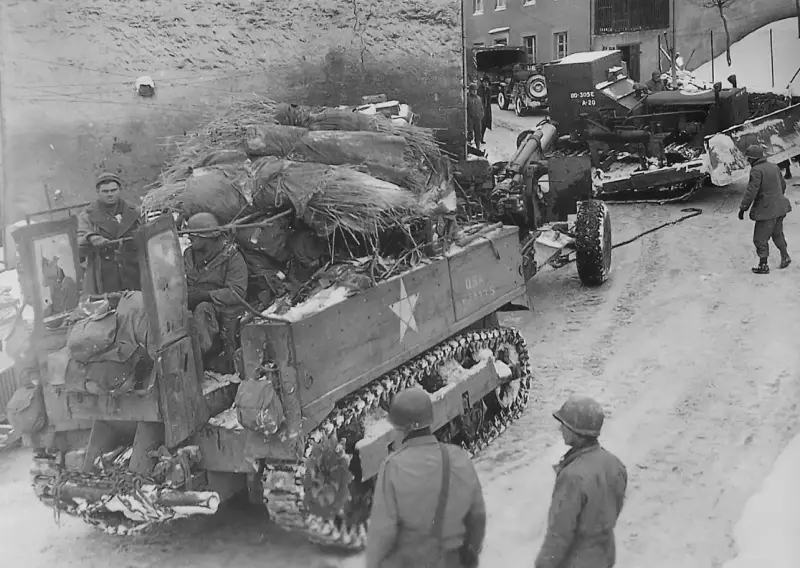
Tractors were actively used until the very end of the war, however, already in the role of engineering vehicles, like this armored Caterpillar D7 of the 305th Engineer Battalion of the US Army in Belgium in January 1945. Americans experimented with armoring tractors during the First World War. In the foreground is a high-speed M5 tractor with a 155-mm M1 howitzer (future M114) in tow. You can clearly see how much of the crew’s belongings the car is carrying, there’s even straw for arranging a place to sleep for the night.
Information